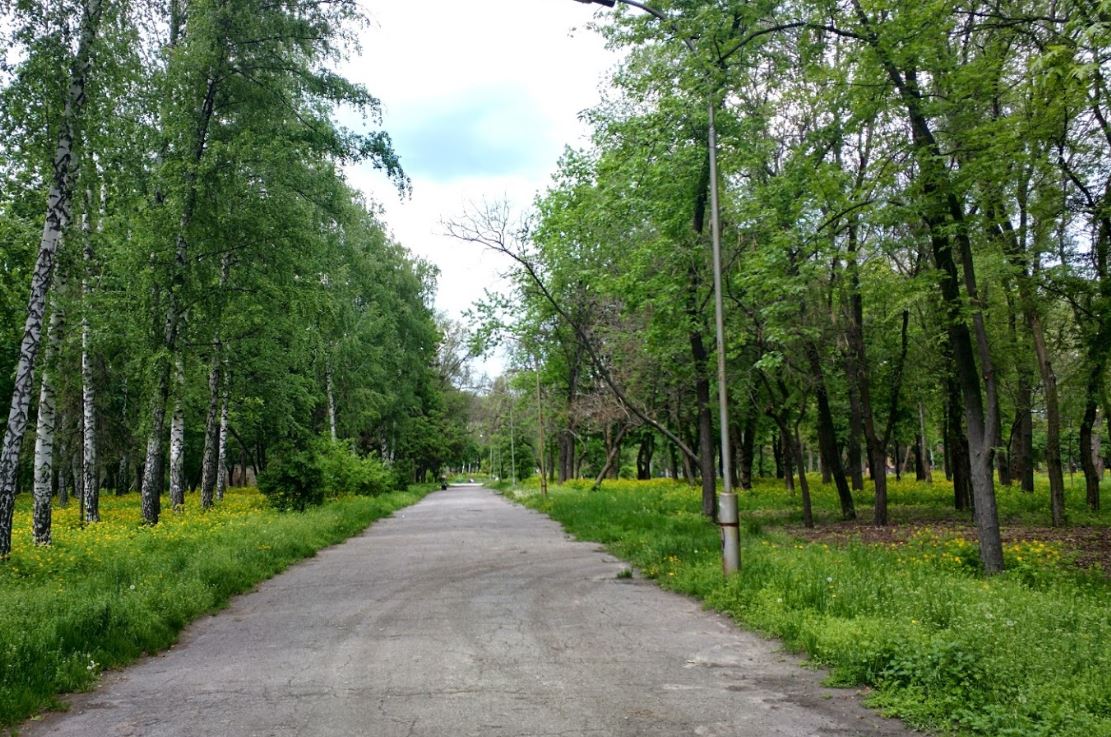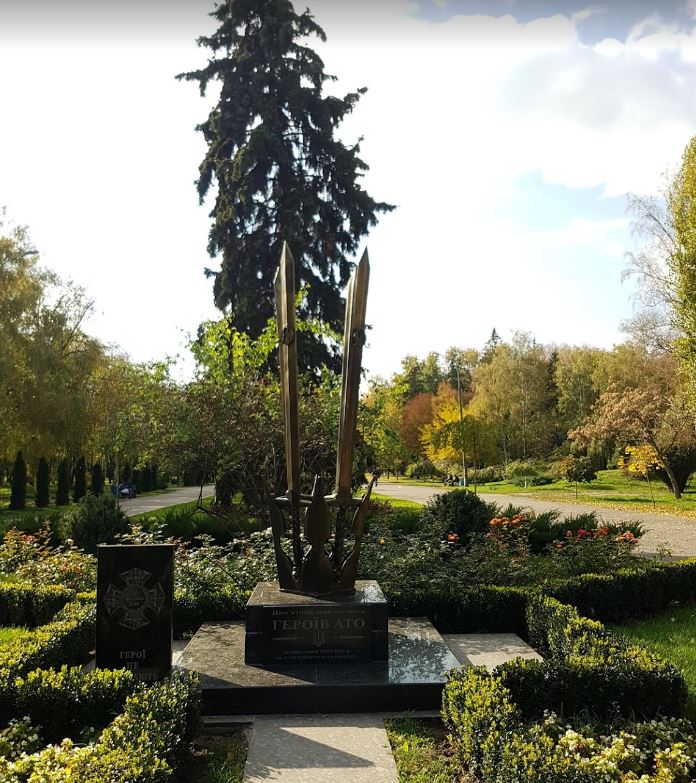The site of the modern garden before World War II housed the Kremenchug Cloth Factor plant, as well as apartment houses. During the war, the city was destroyed by 97 percent, and the factory and almost all buildings were destroyed.
Park in the Soviet era
The park was demolished in 1967 in honor of the fiftieth anniversary of Soviet rule. Similar parks were dismantled in many cities of the Soviet Union. It was originally designed as the second stage of the Pridneprovsky Park, which was developed in 1959, but in the end it received its own name, "Jubilee". Yepishov Georgy Yakovlevich, a citizen of the Voronezh region, an honorary citizen of Kremenchug, made a special contribution to the creation of the park. During the period of Epishov's work, the city was informally called "the green capital of Ukraine".
About 16,000 trees and shrubs planted in the garden. A dam was built along the Dnieper River during 1959-1975. A memorial stone was placed in the garden to celebrate the park, as well as a stone with an inscription in the Ukrainian language: "On the day of the opening of the Jubilee Garden on November 3, 1967, a capsule was built with testimony to the descendants of 2017 here."
In 1971, 400 chestnuts were planted in the garden to celebrate the city's 400th anniversary. In 1972 construction of the city's cultural palace, which started in 1966, began the city's largest palace of culture. A fountain was opened in front of the building (see Kremenchug Fountains).
In the late 1980s, a plane was installed in the park, which planned to organize a children's cinema theater and coffee shop. An An-12A USSR-11385 (2401004) cargo plane from Rostov-on-Don, which was crossed in 1977, was brought from Poltava Airport [4]. After being installed in the park, the fire department banned its operation as a cinema, the plane went in ruins and was eventually dismantled
In 1989, the Neptune Swimming Pool, owned by Kremenchug University, was opened in the region
A memorial stone dedicated to the sixtieth anniversary of victory
In 1994, the fountain was stopped at the City Culture Palace
On April 19, 2004, a memorial to Taras Shevchenko was created in the park on the banks of the Dnieper River, 24 years after making the first decision to install it. The grand opening took place on May 22.
In 2005, the park was built in honor of the 60th anniversary of victory in World War II, and a memorial plaque was installed. In 2008, as part of the Hyundai project, green spaces were planted in Kremenchug and other cities in Ukraine, and a memorial stone was erected in the Jubilee Park Alley.
In 2009, a supermarket was built in the former green zone of the park where a plane stood in the Soviet era, despite protests from the townspeople. In 2010 the park was rebuilt.
In 2016, it was decided to dismantle the 60th Anniversary Victory Panel in the context of separation. The issue of renaming the park to Glory Park was raised. In 2017, a memory alley for military dead in the conflict in eastern Ukraine was put in place, and a memorial sign was created.
In 2016, a question was asked about rebuilding the dam along the Dnieper, which is in an unsatisfactory state. During group work, the basement of a pre-revolutionary building, possibly destroyed during World War II, was discovered.
x
T
R
F
I
H
I
We have 16614 Parks Now ... The First and largest platform for green public parks
Ювілейний парк
Ювілейний парк
Kremenchuk, Poltava Oblast, Ukraine, 39600
Every Day : 24 Hours .
About Park
-
Preview
The park is located on the left bank of the Dnieb RiverImportant Information
-
Every Day
24 Hours -
Park Area
180000.00 SQM -
Foundation Date
1/1/1959
-
Every Day
-
Intertainment Elements
Sports
Sitting places
Entertainment
Trips
Kids area
-
Main Elements
- Cleanliness
- Green areas
- Open spaces
- Open paths for walking
- Attractions




